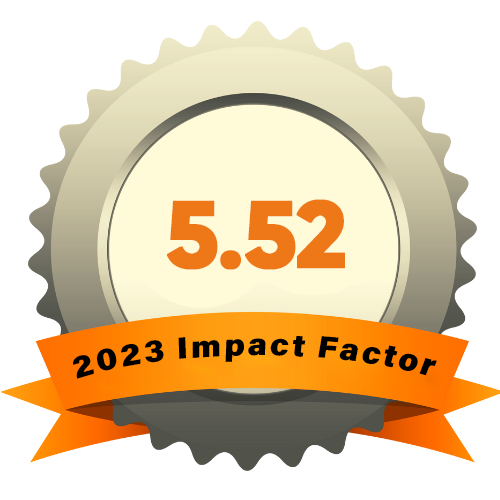EFFECTIVELY AND INNOVATIVE METHODS FOR TEACHING FOREIGN LANGUAGE
Ключевые слова:
Renaissance; orthodox; integral; inquisitive; agitated; jeopardizing; immerse; atmosphere; intuitively; evaluated; database; anagrams; hangman; elocutions; tedious; precautions.Аннотация
This article analyzes the innovative and very interesting methods we have in teaching English language. We can have a number of teaching methods between traditional and modern. Everybody has their own understanding and conclusions on teaching English language. But this paper describes a combination of the two how we can make our education more effective. We are completely bound by traditional methods teaching and understanding that today's students feel a little uncomfortable. It is never static, it is always growing and changing. Whatever the teaching method, but teaching should be in the lean center. However, this article examines the difference between traditional and practical education and learning afterwards. Traditional teaching methods are described as well as how students expect to learn and teach process. There has been a misunderstanding between traditional methods and practical methods always. Somehow teachers and learners should agree eachother in order to fill the gap between the generations of these methods.
Библиографические ссылки
Barnes, D., & Blevins, D. (2003). An anecdotal comparison of three teaching methods used in the presentation of microeconomics. Educational Research Quarterly, 27(4), 41-60.
Borden, V., & Burton, K. (1999, June). The impact of class size on student performance in introductory courses. Paper presented at the 39th Annual Conference of the Association for Institutional Research, Seattle, WA.
Carbone, E. (Ed.). (1998). Teaching large classes: Tools and strategies. Thousand Oaks, CA: Sage Publications. Casado, M. (2000). Teaching methods in higher education: A student perspective. Journal of Hospitality & Tourism Education, 12, 65-70.
De Caprariis, P., Barman, C., & Magee, P. (2001). Monitoring the benefits of active learning exercises in introductory survey courses in science: An attempt to improve the education of prospective public school teachers. The Journal of Scholarship of Teaching and Learning, 1(2), 1-11.
Fosnot, C. (1989). Enquiring teachers, enquiring learners. New York: Teachers College Press. Gibbs, G., Lucas, L., & Simonite, V. (1996). Class size and student performance: 1984-94. Studies in Higher Education, 21(3)












